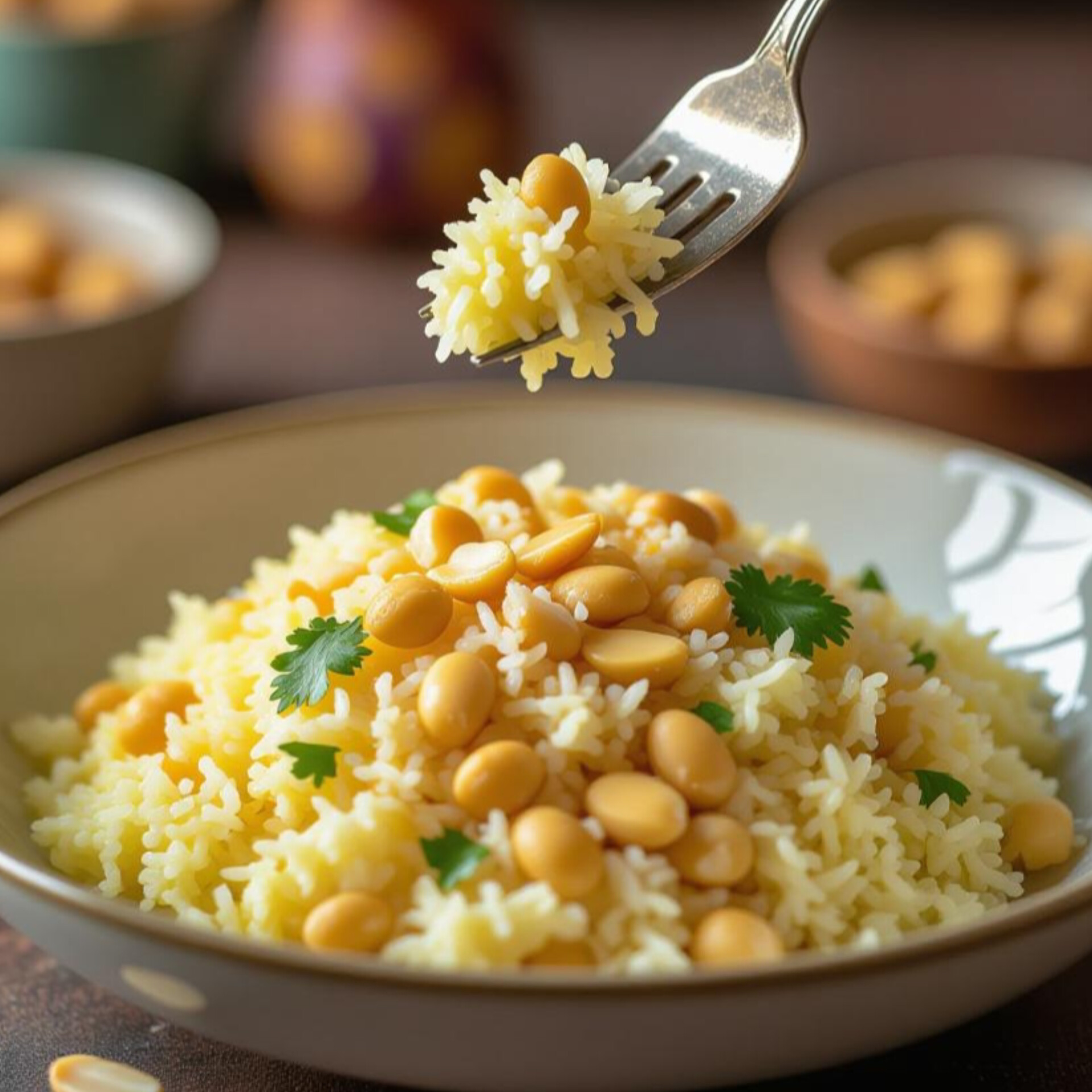
Introduction:
If you’ve grown up in an Indian household, chances are the smell of Poha sizzling in a pan has greeted you at least once on a lazy morning. There’s something so comforting about this dish it’s not fancy, it’s not complicated, yet it hits all the right spots. The Classic Poha Recipe is one of those things that feels like a hug in a bowl. Every family makes it a little differently, and honestly, that’s what makes it so special.
I still remember waking up to the sound of mustard seeds crackling in hot oil and my mom calling out, “Breakfast is ready!” Even before tasting it, you’d know exactly what’s coming just from that familiar aroma of curry leaves and fried onions. It’s quick, wholesome, and somehow always manages to bring a sense of nostalgia.
What’s even better is how forgiving this dish is you can make it in twenty minutes flat, even on groggy weekday mornings. And unlike a lot of heavy breakfasts, it leaves you feeling light and happy. Poha has roots all over India, but the Maharashtra style version (the one I grew up eating) is probably the most loved. It’s humble, homely, and bursting with flavor from the simplest ingredients.
Ingredients:
- 2 cups thick poha (flattened rice)
- 1 medium onion, finely chopped
- 1 small potato, diced into tiny cubes
- 2 green chilies, chopped (adjust to taste)
- ½ teaspoon mustard seeds
- 8 to 10 curry leaves
- ¼ teaspoon turmeric powder
- Salt to taste
- 1 tablespoon sugar (optional but gives that perfect balance)
- 2 tablespoons oil
- 2 tablespoons peanuts (or cashews if you prefer)
- ½ lemon, for squeezing at the end
- 2 tablespoons chopped coriander leaves
- A handful of grated coconut (optional, for garnish)
You can adjust these quantities depending on how many servings you want to make. The below measurements are just an example for a medium family portion.
Step by Step Method:
Step 1: Wash and prep the poha
Start by rinsing the poha in a colander under gentle running water. Don’t soak it just a light wash until it softens slightly. You want it moist but not mushy. Honestly, this step is the trickiest part for beginners. If you soak it too long, it turns into a paste; if you skip washing, it stays dry and hard. Once rinsed, leave it to rest for about 10 minutes while you prep the rest. I usually sprinkle just a bit of salt and sugar into the poha while it sits. It helps the flavor soak in nicely later.
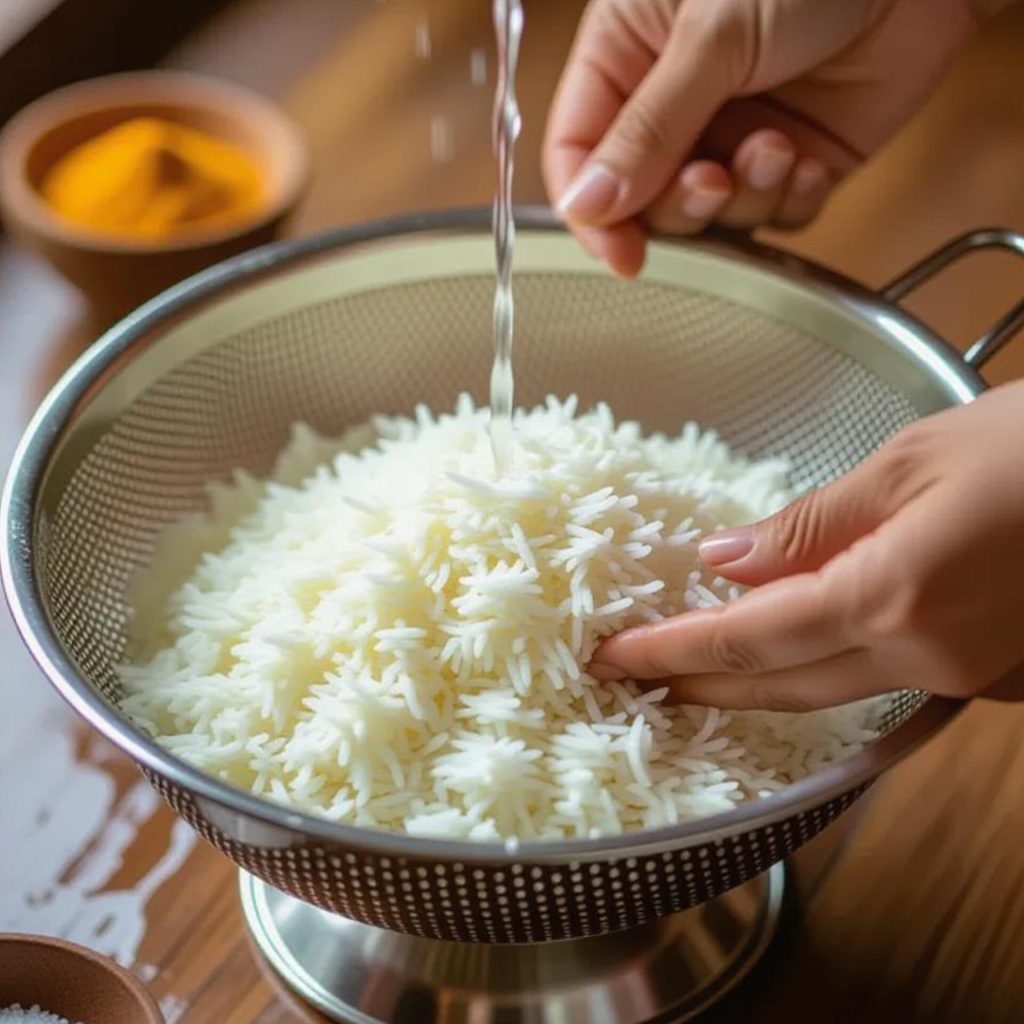
Step 2: Heat the oil and add the crunch
In a large pan, heat the oil on medium flame. Toss in the peanuts first they should sizzle and turn golden. This gives your poha a nice crunch. Some people skip this, but in my opinion, it’s what makes poha complete. Once done, remove the peanuts and set them aside.
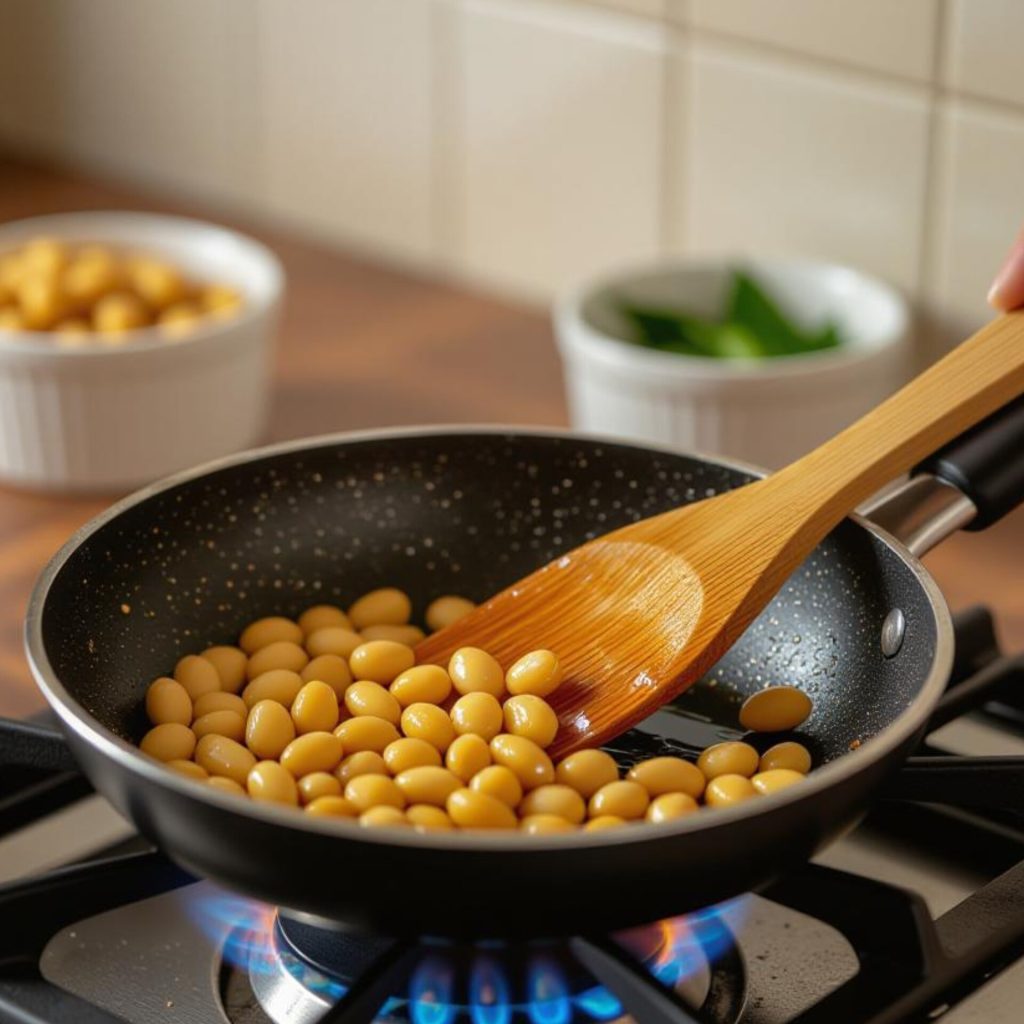
Step 3: Tempering the heart of Indian cooking
In the same oil, add mustard seeds and let them pop. Then add curry leaves and chopped green chilies. The aroma right at this moment is something I wish could be bottled it’s pure comfort. Immediately add the chopped onions and saute until they’re just translucent, not brown. If you like potatoes (I always do), this is the time to toss them in. Cook the cubes till soft it takes about five to seven minutes.
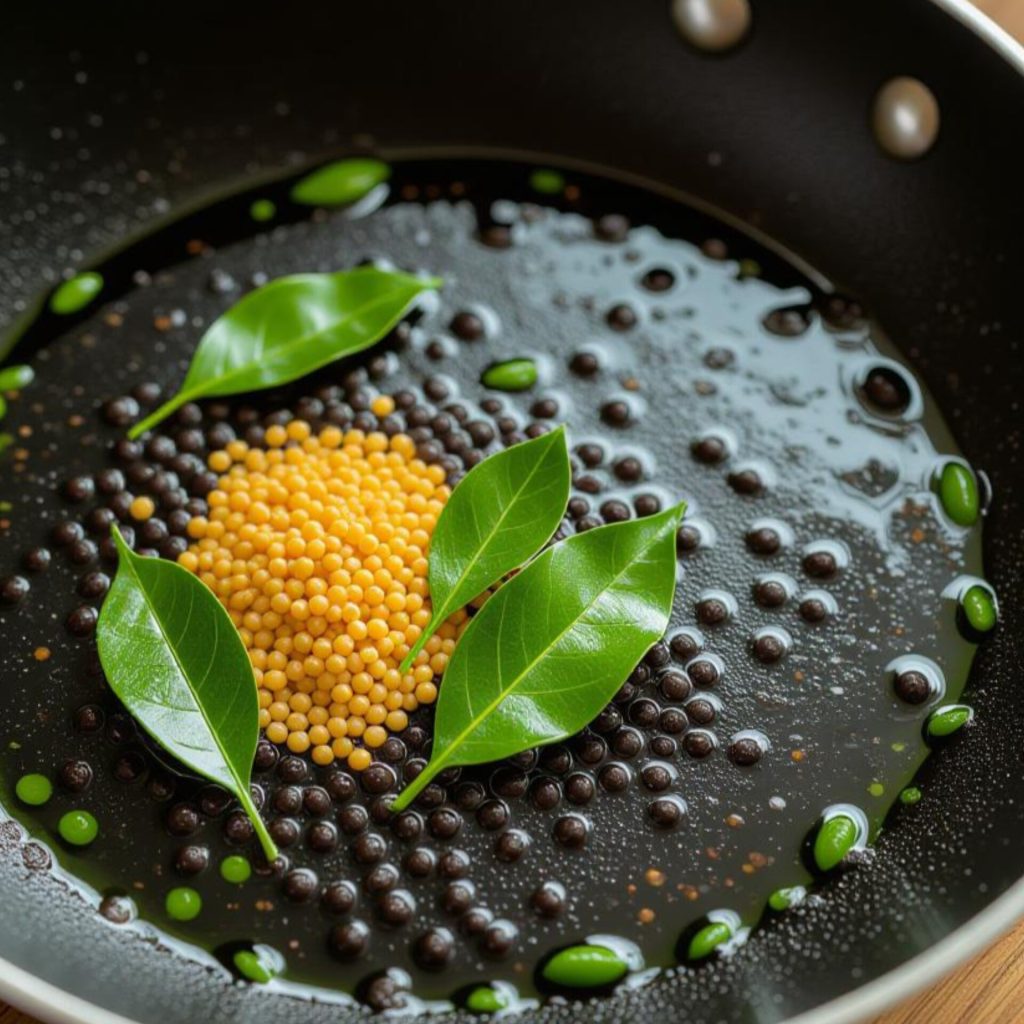
Step 4: Bring it all together
Once the potatoes are cooked, sprinkle turmeric powder and give it a quick stir. Now, add the softened poha. Mix gently don’t press or over stir, or you’ll lose the fluffy texture. This part needs a light hand. I usually cover the pan for two to three minutes on low heat, just to let all the flavors mingle. You’ll notice the poha turning a beautiful yellow with tiny green flecks of chili and curry leaves.
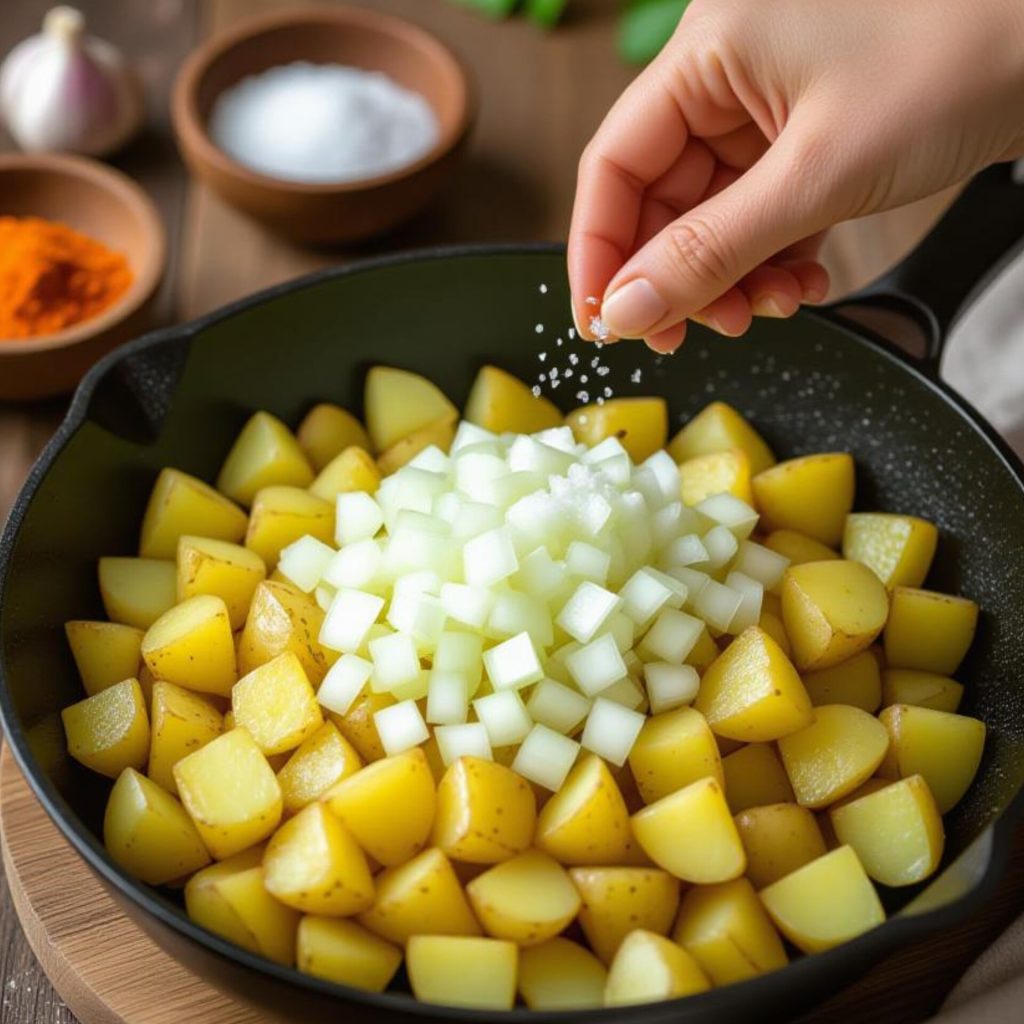
Step 5: Taste and tweak
Now’s the fun part taste it! Add a pinch of salt or sugar if needed. Every home has its own preference some like it slightly tangy, some a little sweet. I usually squeeze half a lemon right at the end and toss the peanuts back in. That burst of acidity just brings the whole thing alive.
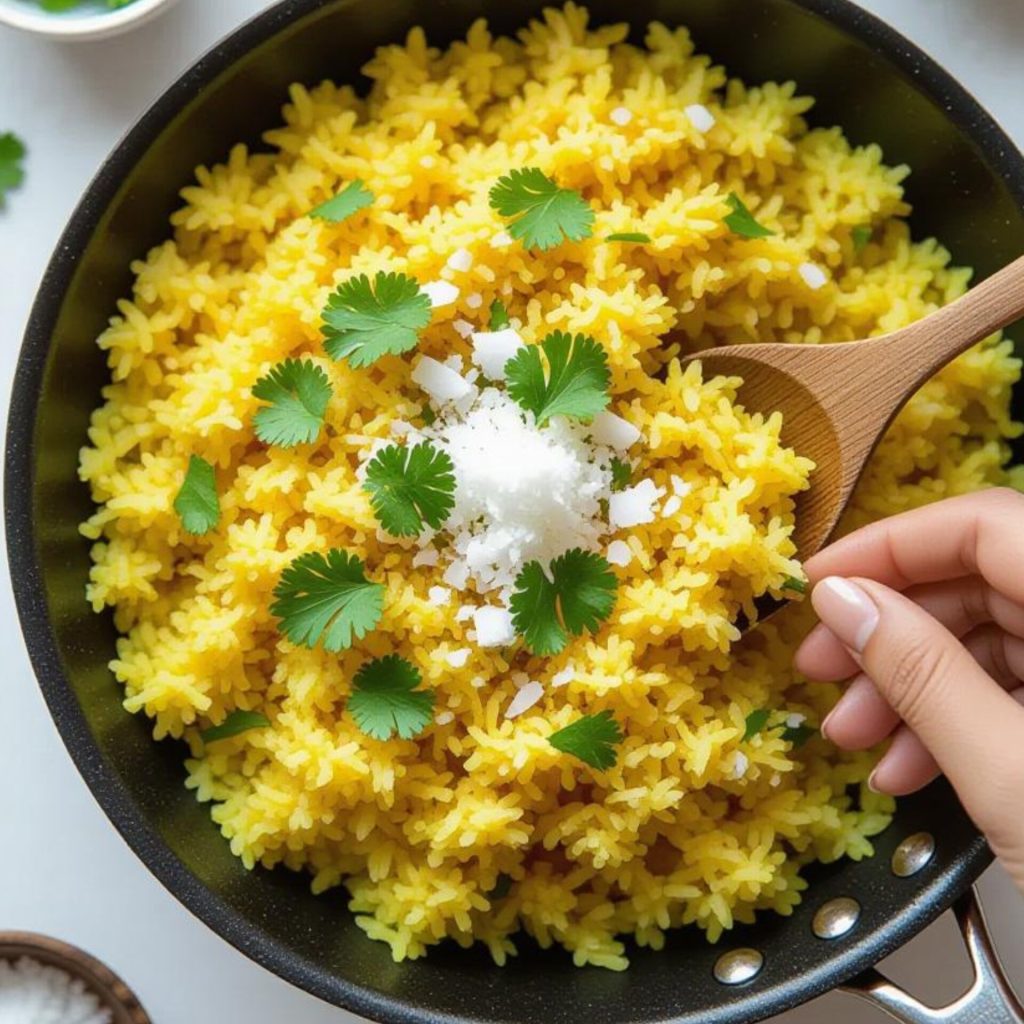
Step 6: The finishing touch
Once it’s all mixed, turn off the heat and sprinkle chopped coriander leaves on top. If you’re feeling fancy, add a bit of grated coconut for that coastal twist. Cover it for another minute to let the steam do its magic.
Serve hot, ideally with a cup of chai or coffee. It’s the kind of breakfast that never disappoints, no matter how many times you make it.
Tips & Tricks:
- Always use thick poha, not the thin kind it holds its shape better.
- Rinse, don’t soak. Just a gentle wash to avoid turning it mushy.
- You can throw in a handful of peas or grated carrots to make it more colorful.
- For extra zing, sprinkle a bit of sev on top before serving.
- Poha tastes even better when you let it rest for five minutes before eating it soaks up all those flavors beautifully.
Common Mistakes to Avoid:
- Over-soaking the poha: This is probably the biggest mistake. Once it gets soggy, there’s no saving it. Always rinse lightly, then let it sit. The residual moisture is enough to soften it.
- Not balancing the flavors: Poha is simple, but balance matters. A tiny bit of sugar brings out the flavors, while lemon adds freshness. Skip either, and it can taste flat.
- Using too much oil: A little oil goes a long way here. If you drown it in oil, it becomes greasy and heavy, which defeats the point of this light dish.
- Skipping the tempering: Don’t underestimate the power of mustard seeds, curry leaves, and chilies. They’re what transform plain poha into that iconic aromatic breakfast.
- Cooking on high heat: Gentle heat ensures the poha stays fluffy. High heat tends to dry it out or make it stick to the pan.
Nutritional & Health Angle:
Poha is one of those rare breakfasts that’s both light and satisfying. It’s made from flattened rice, which gives quick energy without making you sluggish. The peanuts add protein and healthy fats, while onions and potatoes give fiber and a bit of bulk. If you want to make it healthier, skip or reduce the potatoes, and toss in some boiled peas or grated carrots instead. You can even use less oil or switch to olive oil.
It’s also naturally gluten free, making it a great choice for anyone avoiding wheat based breakfasts. The best part? It’s not fried, not creamy just clean, honest food.
Conclusion:
There’s something timeless about the Classic Poha Recipe. No matter how many modern breakfast trends come and go, this simple dish holds its ground. It’s quick, wholesome, and loaded with nostalgia. Every spoonful feels like home.
If you’ve never tried making it before, don’t overthink it just follow the steps and trust your instincts. Once you make it a couple of times, it becomes second nature. And if you already have your own version, try adding one new twist next time you might just stumble on your perfect bowl.
So, the next time you’re craving a warm, comforting breakfast that doesn’t take forever, remember Poha. Simple, soulful, and endlessly satisfying.